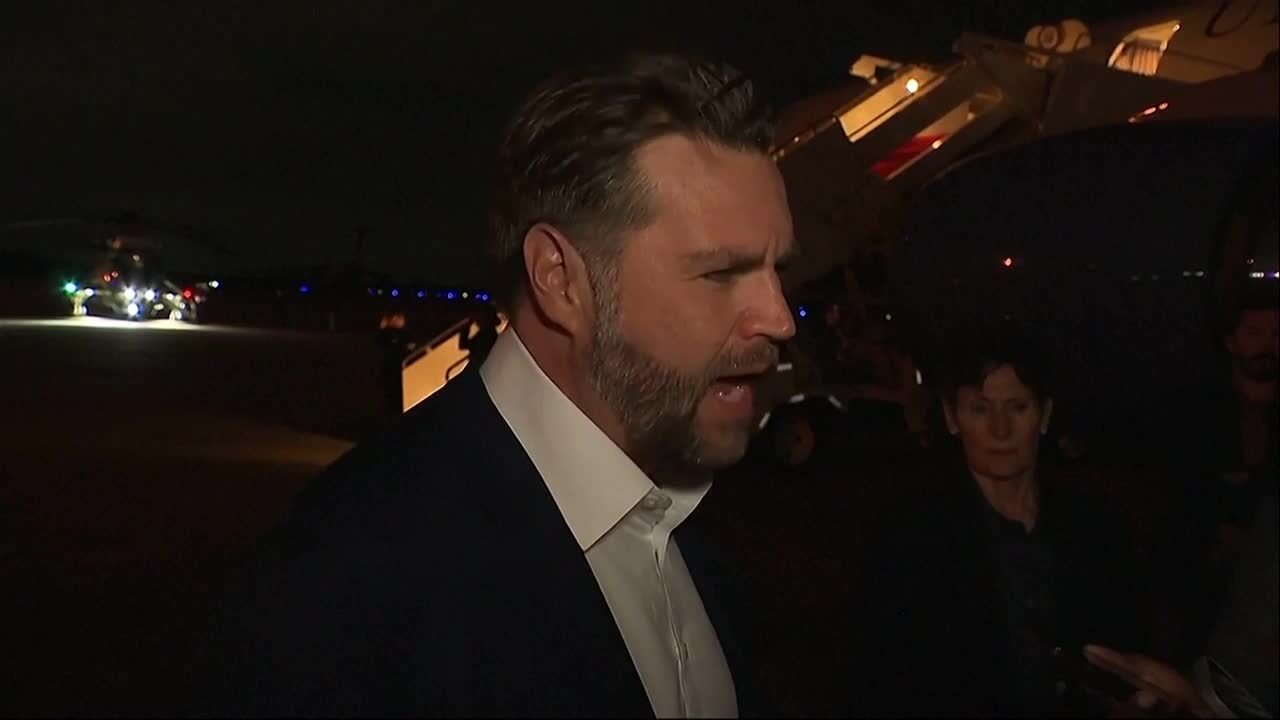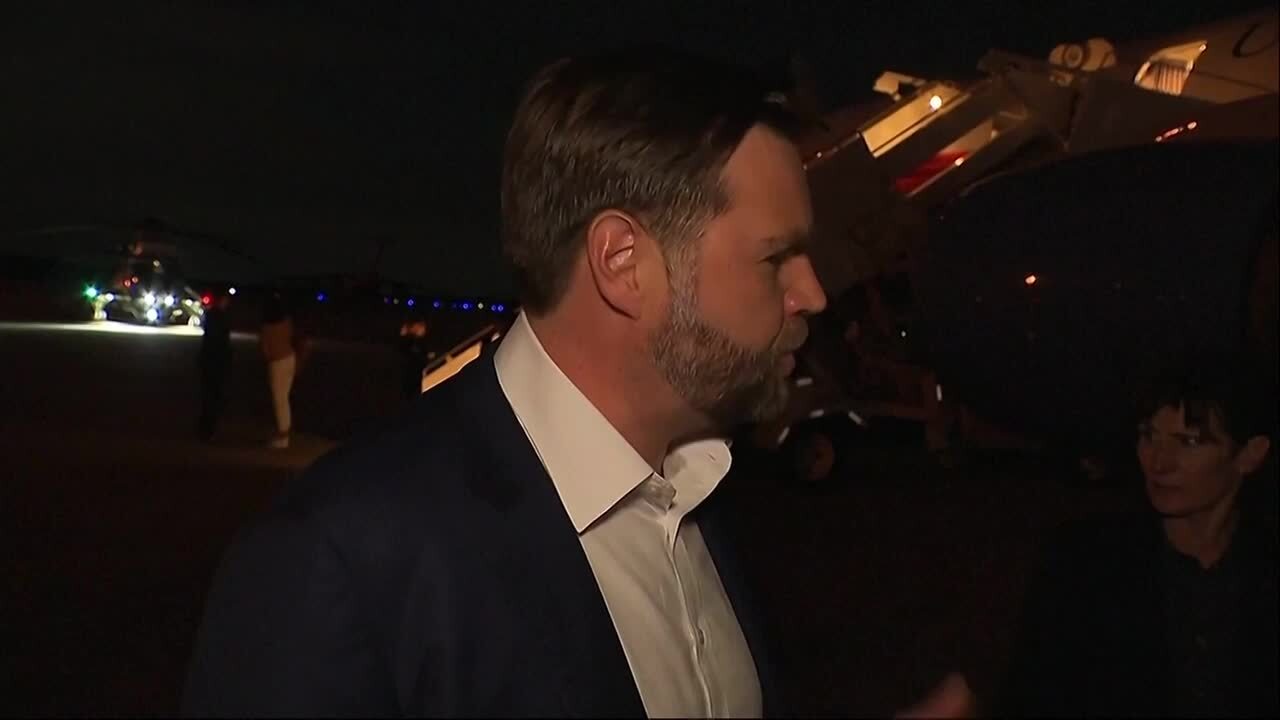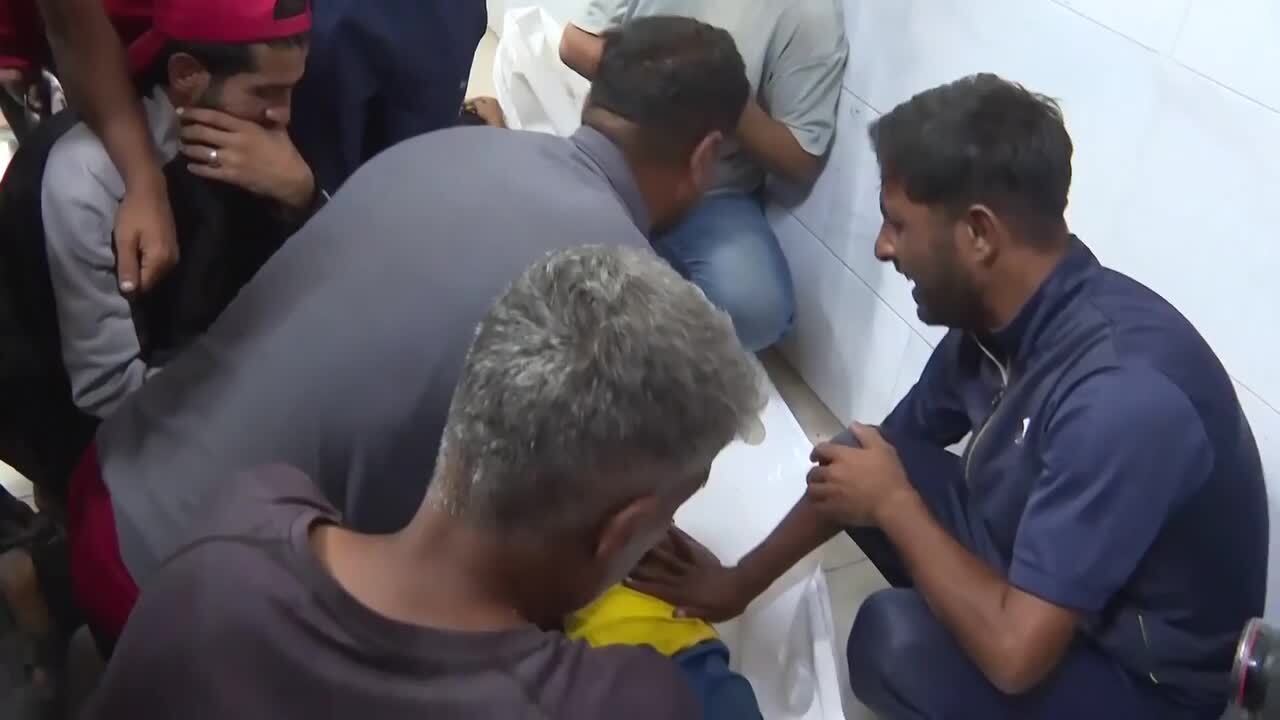PATRICK AIR FORCE BASE, Florida -- They've rescued civilians in the mountains of Afghanistan, evacuated the American embassy in South Sudan, and gone into combat zones to save their fellow service members.
Now, members of the Air Force Reserve's 920th Rescue Wing here are gearing up for their first human spaceflight support mission in almost a decade.
They have roughly nine months to perfect a strategy to mobilize to a U.S. space capsule in time to retrieve the astronauts aboard.
Members from the wing, which includes the 308th Rescue Squadron -- one of the Air Force's "Guardian Angels" personnel recovery units, will stay on alert for space launches and landings anywhere in the world.
Related content:
- Is SpaceX or Northrop to Blame for Lost Spy Satellite?
- Old School Air Force Can't Handle 'Space Corps' Challenge?
- From a Small Center in Florida, Airmen Help Rescue Civilians
"Our guys are starting to train to that mission that we haven't done in over seven years," said Col. Mike LoForti, commander of the 920th Operations Group. Military.com toured hangars and facilities used for the combat-search-and-rescue mission and spoke with officials about the 920th's evolving operations.
LoForti said the 920th has "a lot of history behind" space missions, even as a traditional CSAR unit. The wing's last manned mission was the Space Transportation System 135: NASA's 135th shuttle flight in 2011.
As part of NASA's return to a human spaceflight program, Boeing Co. and California-based SpaceX have set their sights on two launches by the end of 2018.
Airmen currently support launches from Kennedy Space Center at Cape Canaveral, as well as submarine-launched ballistic missile test launches on the East Coast. HH-60G Pave Hawks clear the ranges to make sure civilians are out of the area when debris comes crashing down to earth.
A number of test launches are expected, LoForti said. Space and missile centers anticipate a ramp up to 30 to 40 test launches annually within the next few years, and the 920th is expected to be ready.
"We want to support that mission, but we also have to be leery of, 'That's not our primary mission,' " LoForti said. "Space is going to grow here very rapidly."
The emphasis is on the manned mission. Should a catastrophic event happen, CSAR will be there.
"We've got helicopters sitting alert, we've got Guardian Angels sitting alert, and we've got the HC-130 [extended-range transports] sitting alert. We've got C-17 [Globemaster IIIs] also involved. So this isn't just us -- this is a worldwide support mission," LoForti said.
"This is what they call the second Renaissance of the space program -- we haven't seen this kind of resurgence of the program since the manned Apollo [or] Gemini," he said, referring to the 1960s space missions.
Perfecting the Timetable
While there are plenty of resources at Patrick Air Force Base for the pararescue mission, there's no guarantee the base will have exactly what it needs to respond in an emergency.
"If we're available, we're going to support it, but if my guys are deployed ... chances are I can't support it," LoForti said.
That's why the alert mission will be divvied up between CSAR units at various bases in the U.S.
"This is a really big event," said Brandon Daugherty, who works for 45th Operations Group-Detachment 3 Human Spaceflight Support Office as a liaison to support the 920th's mission planning.
"Right now, we're still trying to develop our procedures on how we're going to do it," he said.
Because active-duty CSAR units are deployed too often for the task, Guard and Reserve Guardian Angel or rescue units from Alaska, New York, Oregon, California and Arizona have stepped up to create a rotating schedule, Daugherty said.
Jump teams paired with C-17s will also be on standby in Hawaii and South Carolina.
Daugherty said the C-17s would be dispatched should rockets fall anywhere beyond 200 nautical miles east of the base.
Given Patrick Air Force Base's proximity to the 45th Space Wing, a number of rescue techniques are being refined there.
The 45th and 920th this week plan to take SpaceX's Dragon reusable spacecraft capsule out in the water for airmen to train with and compare it to the capsule they've been working with for the past six months.
The rescue unit uses an older capsule to practice with out at sea, and simulates different training environments while getting feedback from the 45th Space Wing, said Master Sgt. Blain Morgan, a pararescueman with the 308th.
"We're actually going back to some of the Apollo guys and getting information from them on how to best accomplish this mission," Morgan said. (While the 308th is currently deployed to the Middle East supporting missions against the Islamic State in Iraq and Syria, Morgan stayed back due to an injury.)
But time is at a premium.
"We are backed into the corner on the launch dates," Daugherty said. "We have to have tactics, techniques and procedures built and validated, and they have to be trainable to the forces."
Day in and day out, the teams are crafting the perfect plan to use the Guardian Angel units.
Daugherty said the Angels were an easy choice for the Air Force because rescue teams have to be able to grab the astronauts "within 24 hours, and there's only one force who can actually do that."
The Angels can accomplish the mission "from anywhere in the world," he said, "whether it's in the middle of the ocean or a top of a mountain."
Daugherty added, "These guys, the rescue community have a heart for this, and they are willing to run as hard as they can to safely make it happen."
-- Oriana Pawlyk can be reached at oriana.pawlyk@military.com. Follow her on Twitter at @Oriana0214.






























